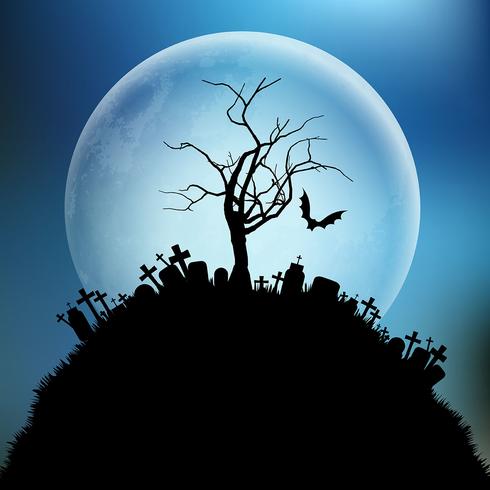EMILY DICKINSON ONCE remarked that November is the Norway of the year, a line that loses one of its beauty even when we disagree as to what she meant by it. As a resident of Dublin, my view is that she was alluding to the Norwegian invention of dynamite, given the constant bangers that punctuate the evenings of the eleventh month. In Irish, November is a month whose name reminds us the day that precedes it Oíche Shamhna.

Some naysayers will tell you that Hallowe’en is too commercial and tacky, but the popularity of the spooky holiday has proven to be the last line of defence against Christmas ads and songs that seem to start earlier and earlier every year not to mention giving us all some brief respite from the inevitable think-pieces about poppy-wearing. We need Hallowe’en it’s sexier than Valentine’s Day, less anticlimactic than New Years, cheaper than Christmas and more Irish than St Patrick’s Day. So before you go bobbing for apples on Wednesday, why not bob for some spooky Irish words to get you in the mood for Samhain?

Oidhe: Spellcheck, like alcohol, makes a fine servant but a cruel master. If you are typing oíche (meaning night) be careful you don’t type the instead it means the act of slaying.
Taibhseoir: A noun without a direct equivalent in English, this means a person who tells ghost stories. It is derived from taibhse, a phantom.
Síofra: Now a popular name for girls, a síofra was a changeling a spooky doppelgänger child left in the place of a child stolen by the fairies. Such a child would look almost identical to the one taken. Speaking of almost identical, síofra an anagram of sioráf, which is the Irish for a giraffe.
Sí: The root of síofra is the word sí, meaning the fairy folk. However, the English word “fairy” and the image of gossamer-winged Victorian children it evokes really isn’t a fair translation of the meaning of the Irish word. Consider that the banshee (bean-sí) was a screaming herald of death and the fear, even today, of messing with the fairy fort. The sí were terrifying and often referred to as na huaisle (the gentry) or na daoine maithe (the good people) to avoid provoking them..

Bean Ultach: While bean sí is a fairy woman/banshee, Bean Ultach (literally, Ulster woman) is one of the names in Irish for a witch.
Bibsach: This very obscure Middle Irish word means to kill (or put someone to death) twice. Academics have pointed out that while this word is recorded in some dictionaries, examples of it used in non-reference texts have been harder to come by. One can only assume that whatever hapless person had those texts was killed twice.

Cendail: Not to be confused with the name Kendall or anyone who bears it, this is another discontinued word, a collective noun for the heads of one’s decapitated enemies.Púca: A púca is a supernatural creature, such as a ghost or a goblin. Is púca the origin of the English word spooky? Absolutely not- spook comes from Dutch. Is there a link between it and the Japanese word Pokemon? Even more unlikely. Why do so many distinct, separate cultures have such similar-sounding words for mischievous supernatural creatures? Ask the one standing behind you.

Boo!